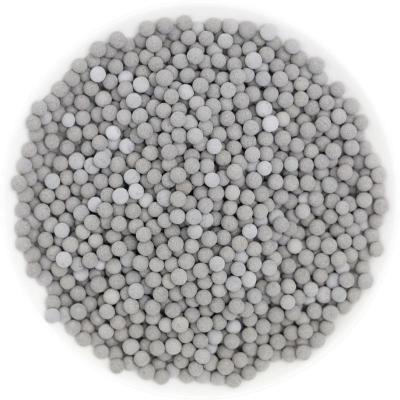Removing residual chlorine and chloride ions from water: Introduction to four common methods
When treating drinking water, chlorine gas and its compounds (such as hypochlorite and chloramines) are widely used for disinfection, and chlorine gas oxidation is also employed to improve water quality in cases of severe water pollution. Currently, over 80% of water treatment plants globally still utilize chlorination as the primary method for microbial disinfection. However, excessive residual chlorine in water not only produces unpleasant odors and affects taste but also poses potential health threats to humans. Conversely, too low residual chlorine levels may result in the loss of necessary disinfection capabilities, reducing the hygiene and safety of water supply. Therefore, maintaining appropriate residual chlorine levels in municipal tap water is crucial for ensuring microbial safety standards.
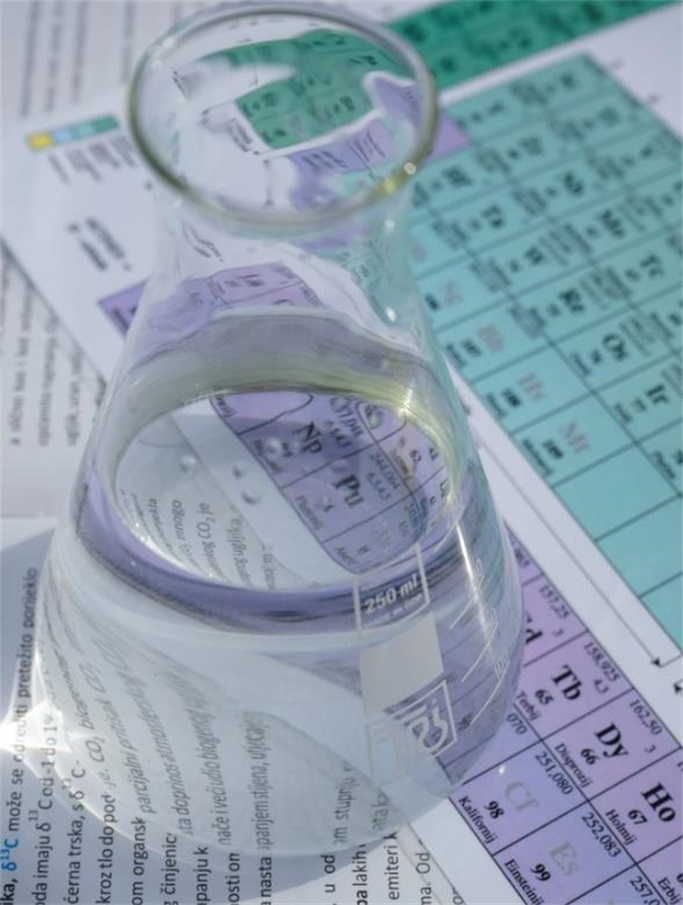
Although chlorine is effective in killing bacteria, its excessive presence also has negative impacts on other biological cells,
including human cells. Studies have found that long-term consumption of water containing chlorides may be associated
with an increased risk of certain cancers, a viewpoint that has been endorsed by numerous experts.
To mitigate the harm of residual chlorine in domestic water supply to human health, several practical and easy-to-operate
methods can be adopted:
1. **Sunlight Method**: Exploit the unstable nature of chlorine in sunlight by exposing tap water to sunlight for about two
hours, which facilitates the decomposition and volatilization of residual chlorine.
2. **Installation of Professional Equipment**: By installing a calcium sulfite dechlorinator or activated carbon filtration
device, residual chlorine in water can be effectively adsorbed and removed. Household water purifiers containing these
two components can also be purchased to achieve purification. In terms of efficiency, the dechlorination effect of calcium
sulfite balls is tens of times that of activated carbon, capable of achieving instantaneous dechlorination. It is generally
recommended to use both simultaneously, with the dechlorination balls first and activated carbon afterward, as activated
carbon further filters impurities and improves the taste of water.
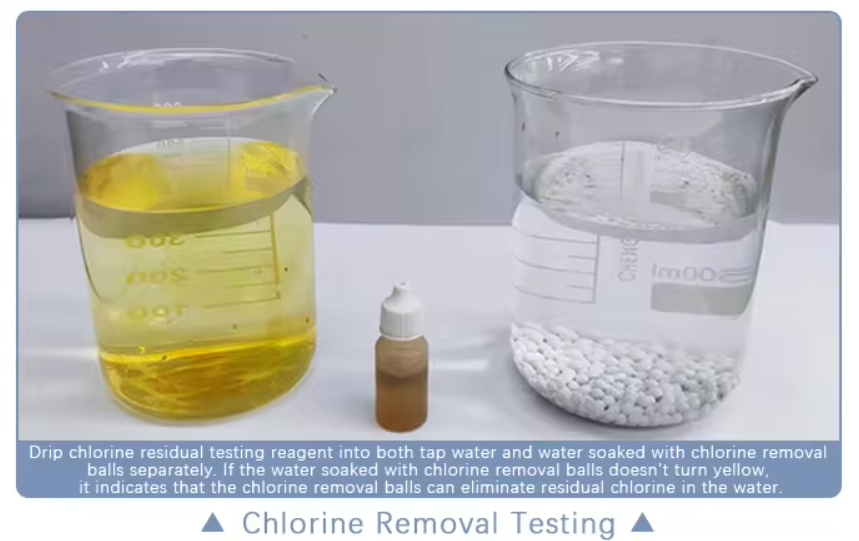
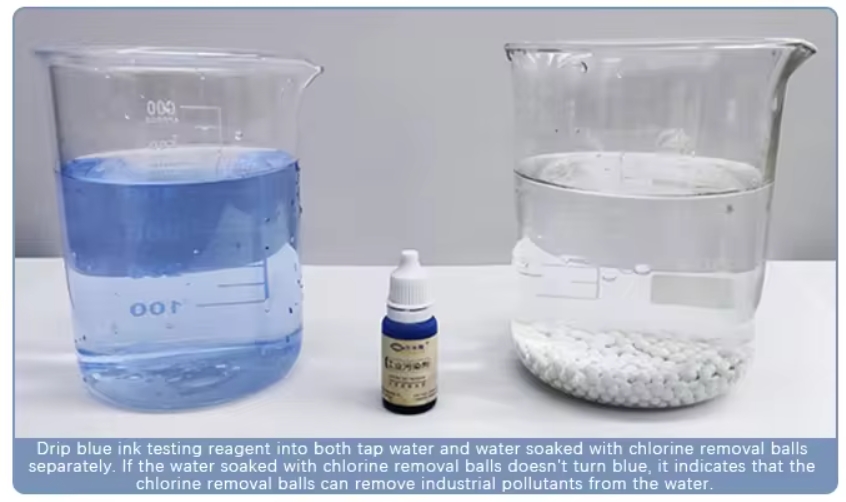
3. **Vitamin C Reduction Method**: Due to its reducing properties, vitamin C can react with chlorine gas to eliminate
some residual chlorine. For small quantities of water, dissolving 3-4 vitamin C tablets per 10 liters of water can achieve
initial dechlorination.
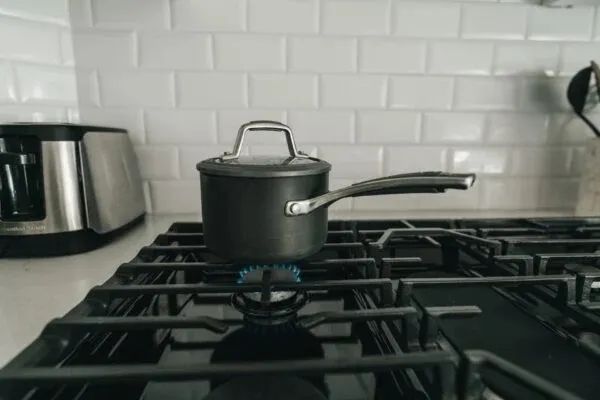
4. **Heating Method**: Heating tap water promotes the reaction between chlorine gas and water, resulting in the generation of
oxygen and volatile hydrochloric acid, thereby reducing the residual chlorine content. However, while this method can
alleviate the issue of residual chlorine, trace amounts may still remain, and it may also react with other substances in the
water.
Utilizing the aforementioned methods can effectively decrease the residual chlorine content in water, but complete
elimination may not be achievable. Therefore, in daily life, it's essential to select the appropriate method based on
individual circumstances for water treatment.
